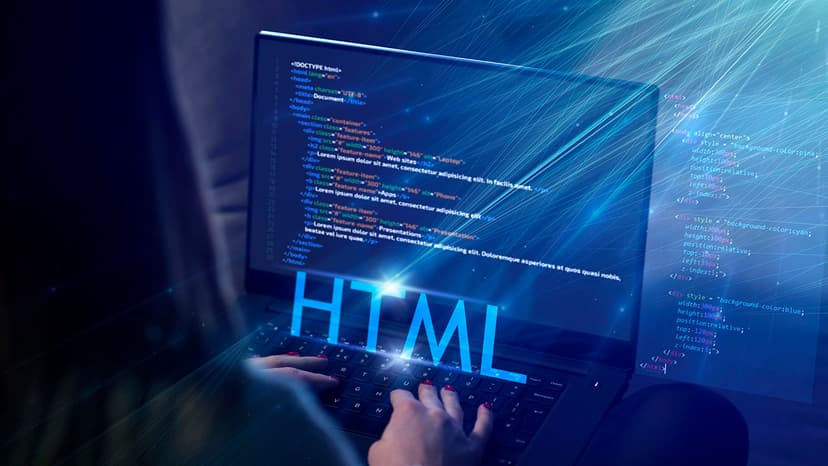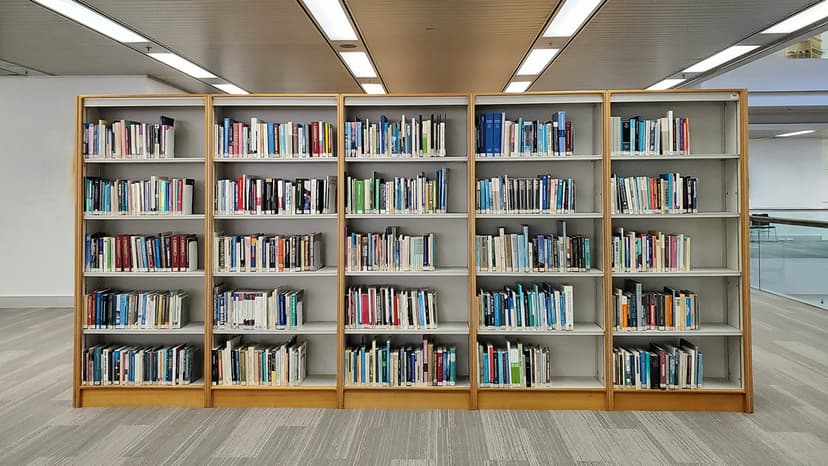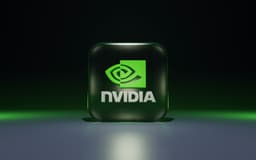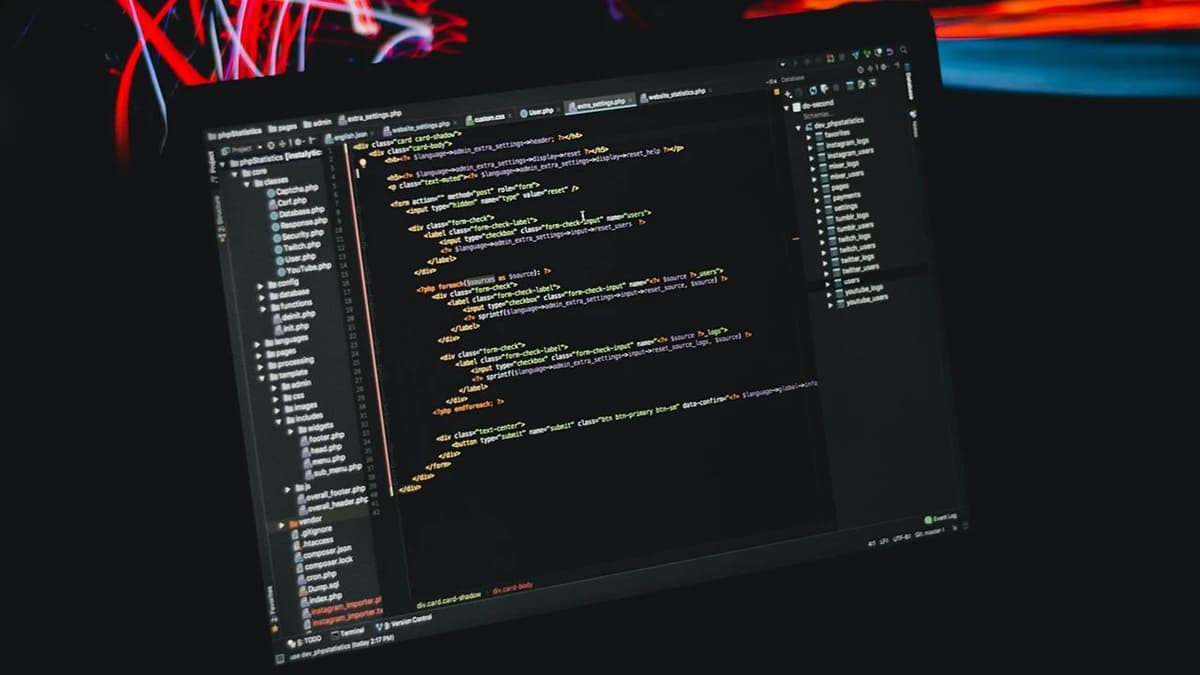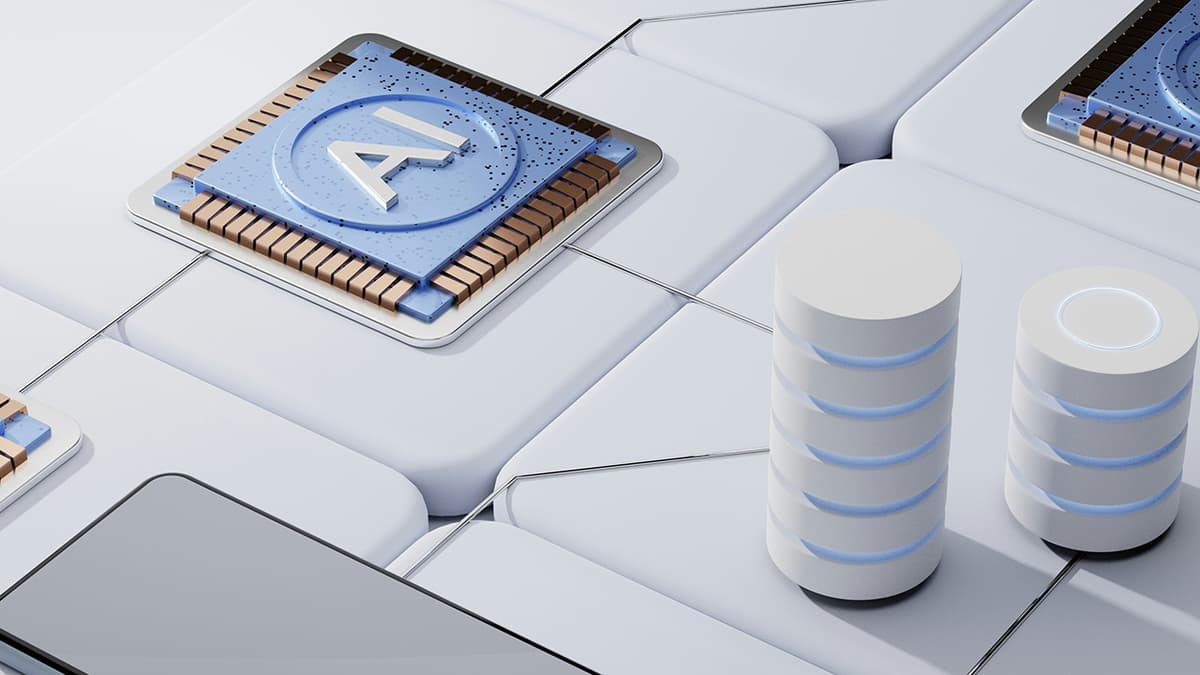Exploring Token Generation Speeds with RTX Graphics in Training Large Language Models
In the vast and rapidly expanding universe of artificial intelligence, the performance of your hardware can dramatically impact the efficiency and effectiveness of training large language models (LLMs). Among the stars of this hardware universe, NVIDIA's RTX graphics cards shine particularly bright. Known for their formidable processing power, these cards are often at the heart of discussions surrounding AI development. Today, we embark on an enlightening journey to uncover just how many tokens per minute these powerful GPUs can produce when put to the task of training some of the most complex AI models devised by humanity.
Understanding Tokens and Their Importance in AI
Before we dive into the specifics of token generation speeds, it's essential to clarify what tokens are in the context of AI and machine learning. In simple terms, a token in machine learning language models is akin to a piece of a puzzle. Each token represents a word or part of a word, and the model's task is to predict the next piece in the puzzle based on the pieces already in place. The more tokens a model can process per minute, the quicker it can learn and the faster it can generate responses.
The Role of RTX Graphics Cards
NVIDIA, a leading force in the AI and gaming industries, has been instrumental in pushing the boundaries of what's possible with their RTX series GPUs. Visit NVIDIA for more details on their range of products. These cards are not just for rendering lifelike graphics in video games but are also pivotal in executing complex computational tasks required for training AI models.
The RTX series boasts features like Ray Tracing, Tensor Cores, and CUDA Cores. While Ray Tracing enhances visual fidelity in games, Tensor and CUDA Cores accelerate the mathematical computations necessary for machine learning tasks, including the training of large language models.
Token Generation Speed of RTX Graphics Cards
The exact number of tokens per minute an RTX card can process depends heavily on several factors, including the specific model of the card, the complexity of the AI model being trained, and the overall setup of the AI training system. For instance, more advanced models in the RTX lineup, such as the RTX 3090, significantly outperform their predecessors like the RTX 2070 in terms of computational capabilities.
To put things into perspective, let's discuss a hypothetical scenario where an RTX 3080 is used to train a popular AI model such as GPT (Generative Pre-trained Transformer). Assuming optimal conditions, an RTX 3080 can process approximately 1,000 to 2,000 tokens per minute. This speed enables AI developers to expedite the training process, which traditionally takes days or even weeks.
Comparing with Other Hardware Solutions
It’s not just NVIDIA’s RTX GPUs that are capable of AI training. Other players in the market, like AMD with their Radeon series, also provide GPUs that support machine learning tasks. However, NVIDIA's RTX series often leads the pack in benchmarks and developer preferences due to the incorporation of AI-specific enhancements like Tensor Cores.
Moreover, beyond GPUs, other forms of hardware are also utilized for training large language models. TPUs (Tensor Processing Units), developed by Google, are another hardware alternative designed specifically for tensor calculations, which are central to neural network operations in AI.
Impact on AI Development
The ability to process a large number of tokens per minute drastically reduces the time it takes for AI models to learn and adapt. This efficiency is crucial not only in developing capable AI systems but also in iterating them quickly. Rapid iterations mean faster improvements and updates, which can significantly benefit industries relying on cutting-edge AI technologies.
Future Prospects
As technology advances, so too does the capability of hardware like the RTX GPUs. Future iterations of these cards are expected to provide even greater speeds and efficiencies. The progress in hardware capabilities is a critical factor that drives the evolution of AI models, making them more complex and capable over time.
NVIDIA's RTX graphics cards are a powerhouse in the realm of AI development, particularly in the training of large language models. Their ability to process a significant number of tokens per minute underlines the critical role of advanced hardware in the ongoing AI revolution, enabling faster, more efficient AI training processes.
This window into the capabilities of RTX graphics cards for AI training hopefully provides a clearer understanding of the technical prowess required to train sophisticated AI models and the continuous need for technological advancement in this exciting field.


